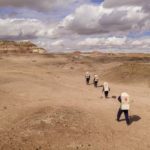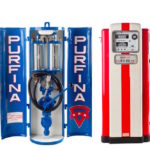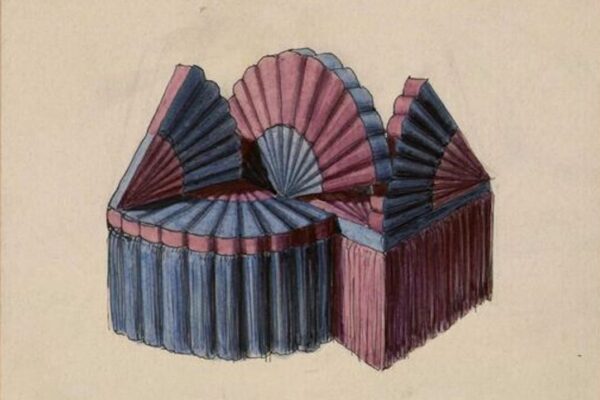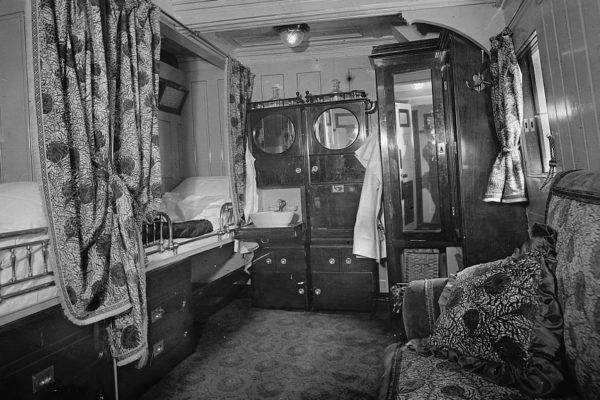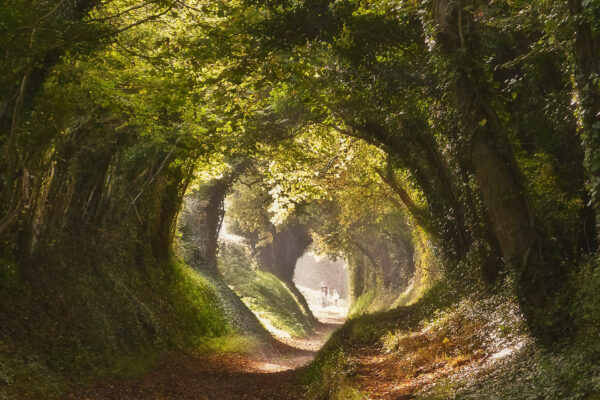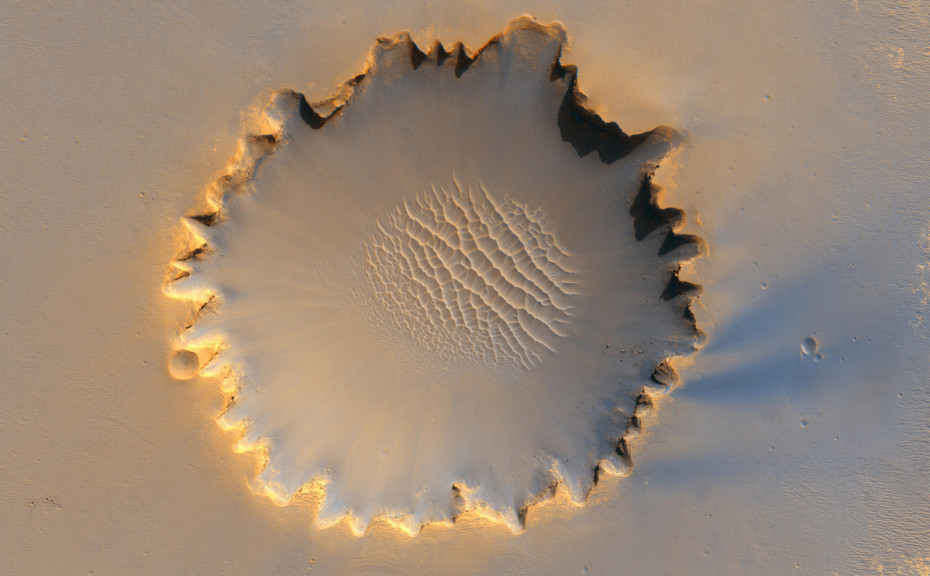
NASA’s red planet robot, a rover called “Opportunity”, has spent the last 12 Years vacationing on Mars. Since his landing in 2004, he’s taken over 200,000 photographs of various Martian landscapes, craters, meteorites, unusual rock formations and even evidence of past water activity. In celebration of its twelve year holiday roaming an alien planet, which by the way was only supposed to last 90 days, NASA is looking back at Opportunity’s best snaps over the years. Is it strange to feel vacation envy towards a robot?
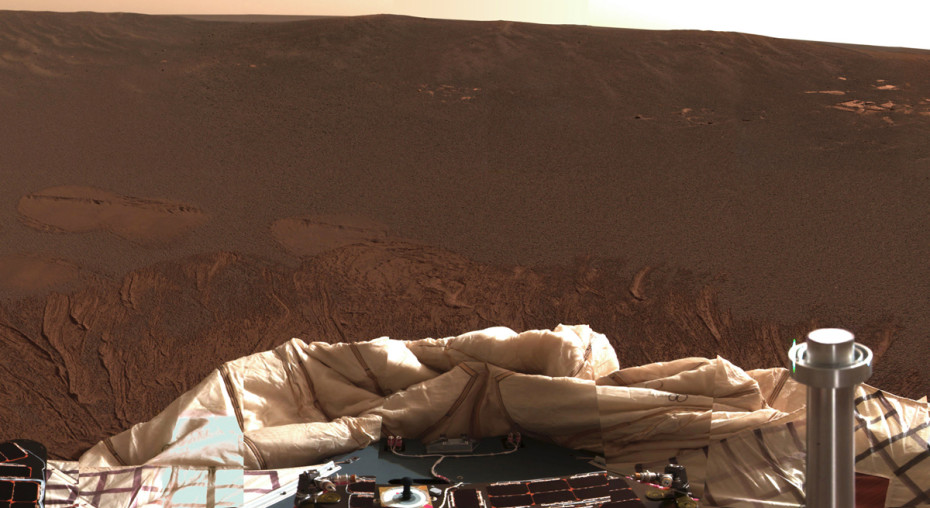
Just Arrived!
202 days after launch, Opportunity landed at the Meridiani Planum on Mars, January 24, 2004. The airbags have deflated and the rover settles into his new surroundings with a panoramic color photo.
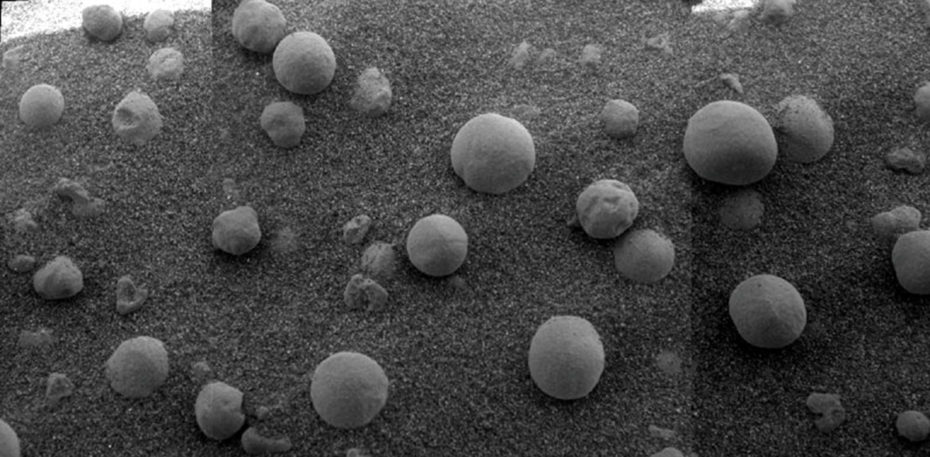
The local grub here takes some getting used to…
Soon after landing, Opportunity found some strange blueberry-shaped formations in the Martian soil.
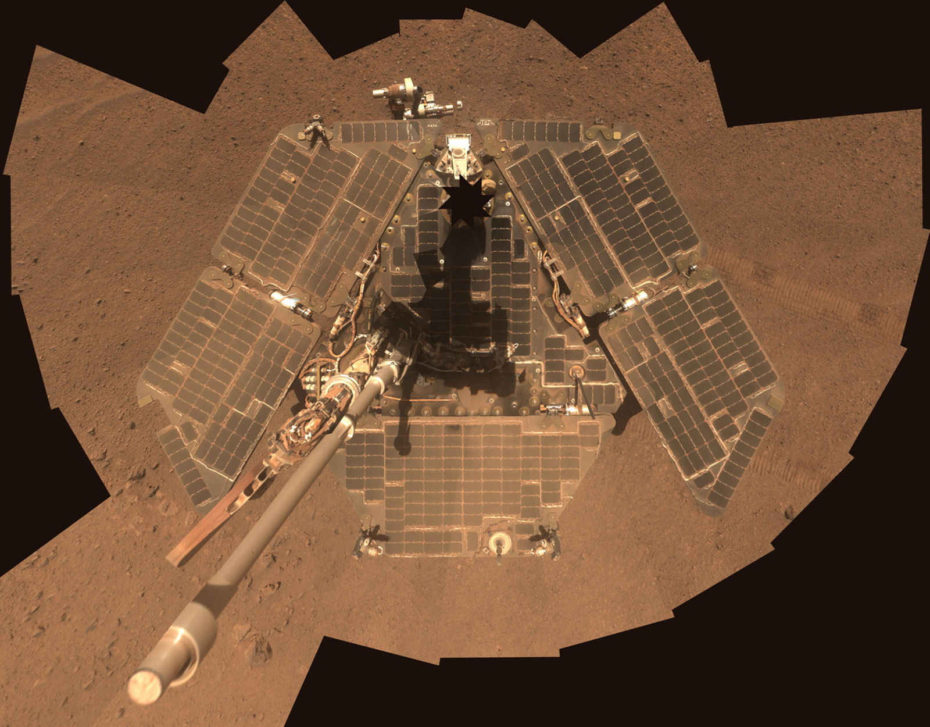
Selfie!
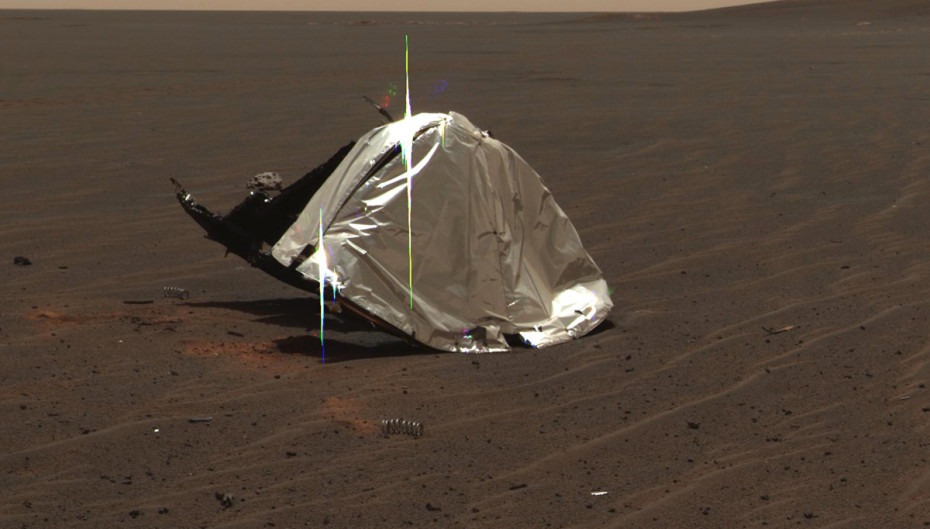
Things I packed.
Debris from Opportunity’s heat shield which protected the rover from temperatures of up to 2,000 degrees Fahrenheit as it made its way through the martian atmosphere.
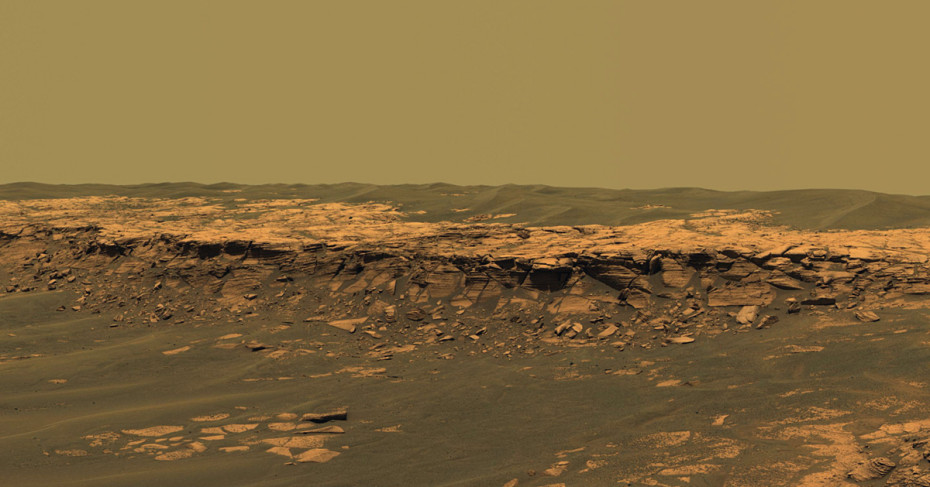
View from my hotel balcony today.

#Sunset
A martian sunset, snapped on Sol (day) 20. Vacationing on Mars is likely a pretty solitary affair even though there are currently four other robots on the red planet. Opportunity’s twin, which arrived three weeks before and touched down on the other side of the planet, became stuck in late 2009 and its last communication with Earth was sent in 2010.
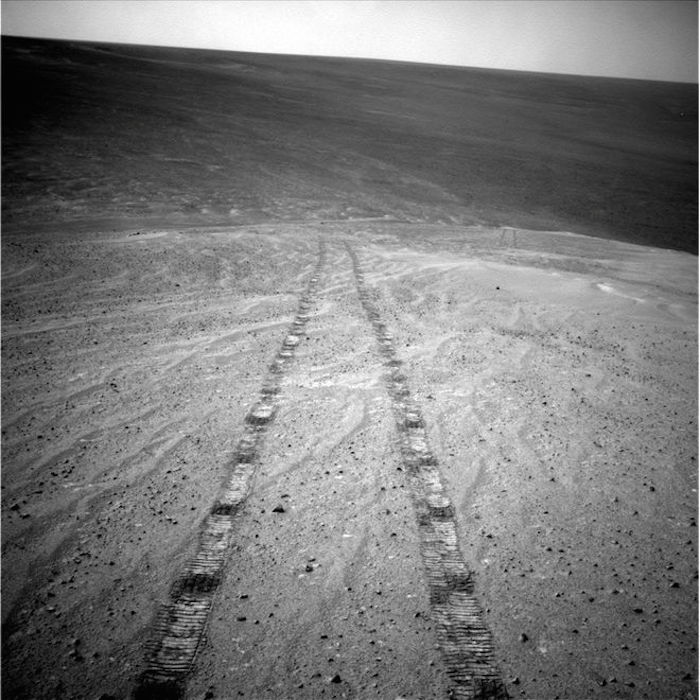
The Three Year Drive.
Opportunity drives for several years before finding anything worth bunking down for.
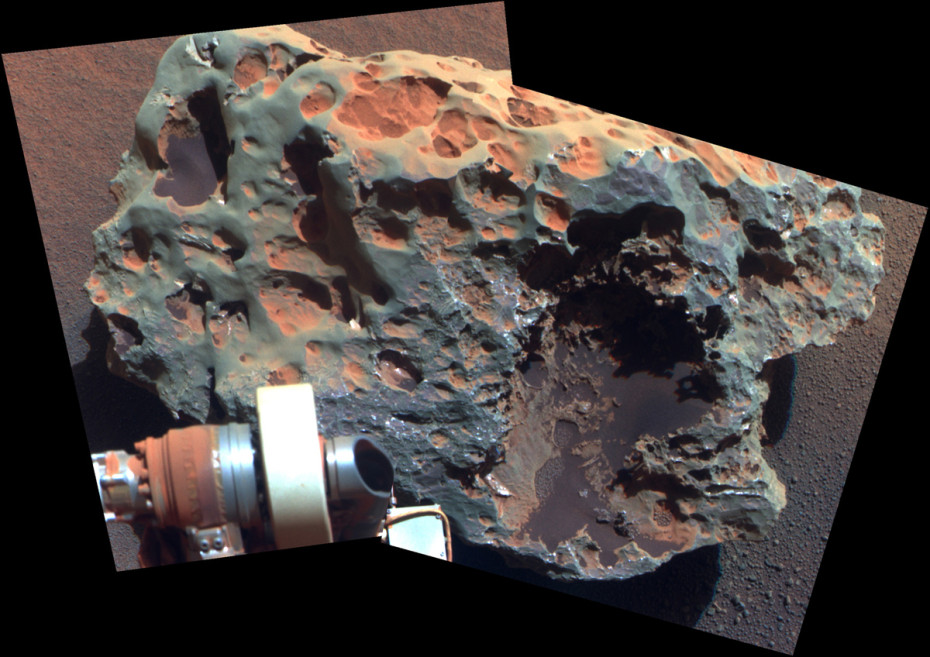
Hey, look what I found!
This view of a rock called “Block Island,” the largest meteorite yet found on Mars.
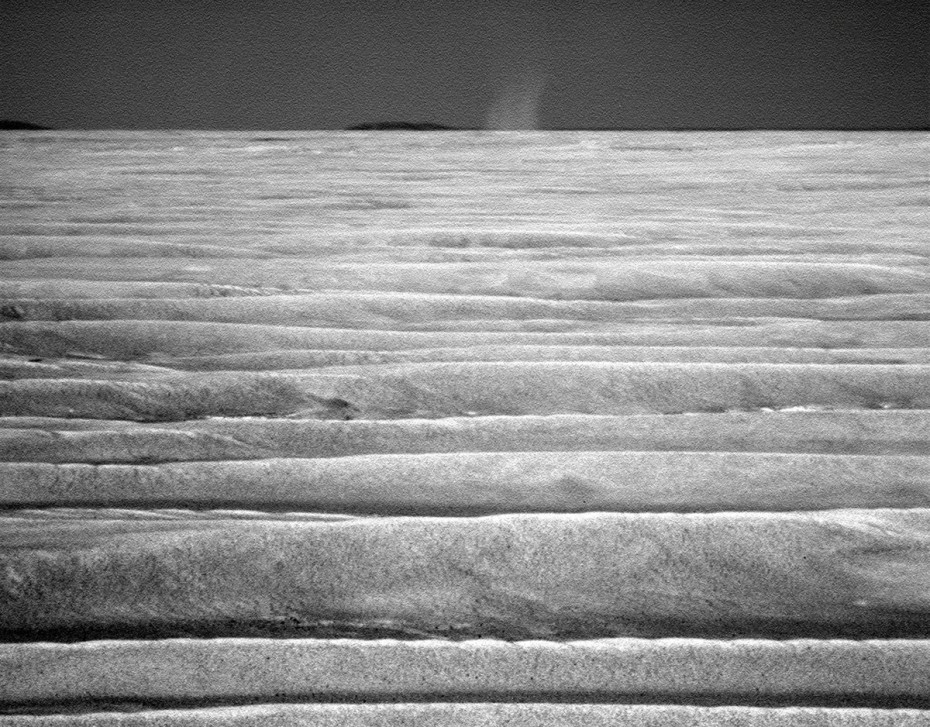
#CurrentMood
A rather artistic shot of the first “dust devil” (a whirlwind), that Opportunity observed in July 2010.
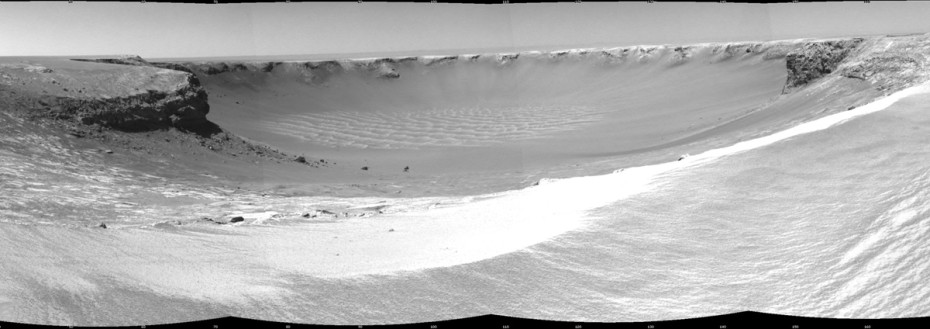
Greetings from Duck Bay!
An alcove along the rim of Victoria Crater (pictured at the beginning of the article) christened “Duck Bay”. The other side of the crater is about 800 meters (one-half mile) away.
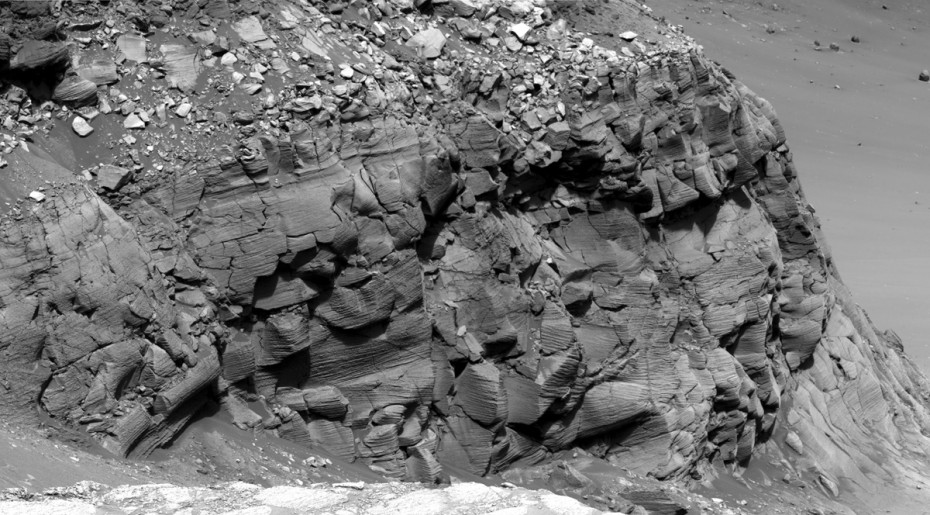
Reminds me of that year we went to the Grand Canyon.
Impressive rocks at Cape St. Mary in the Victoria Crater. Scientists discovered the rocks at the crater once represented a large dune field that migrated across this region
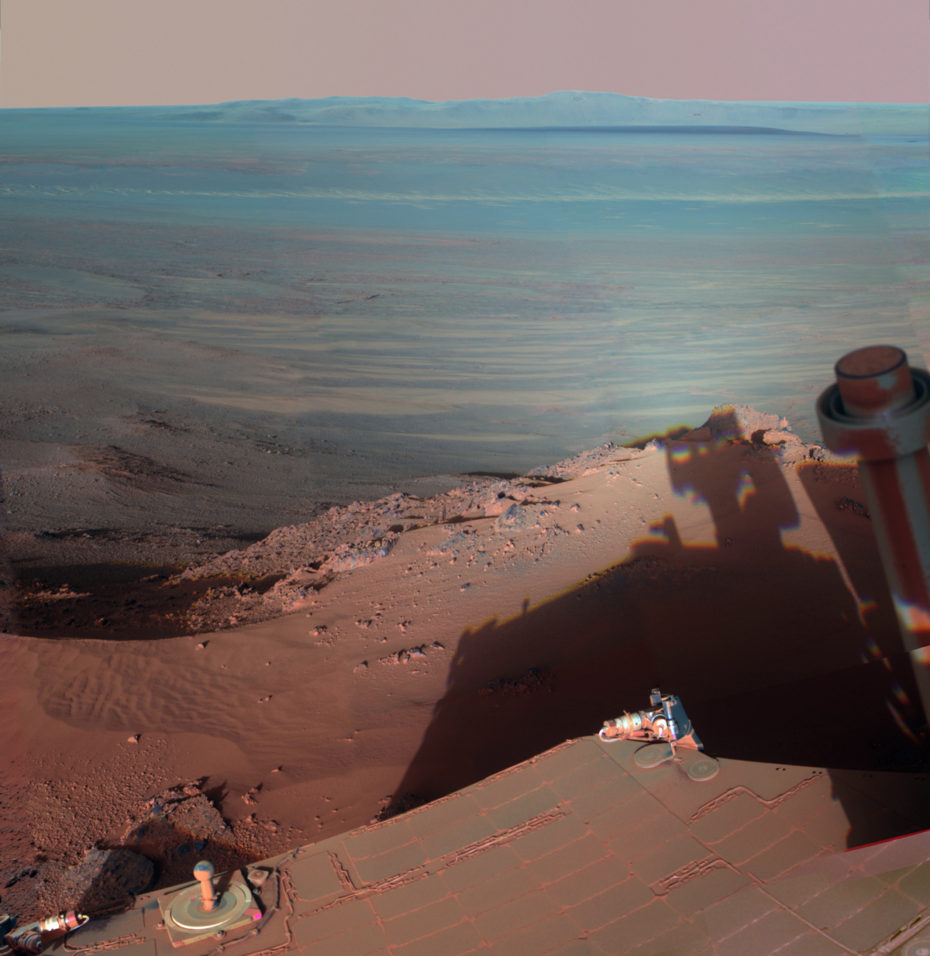
#NoFilter
See more photographs shared by NASA for Opportunity’s 12th Anniversary.



